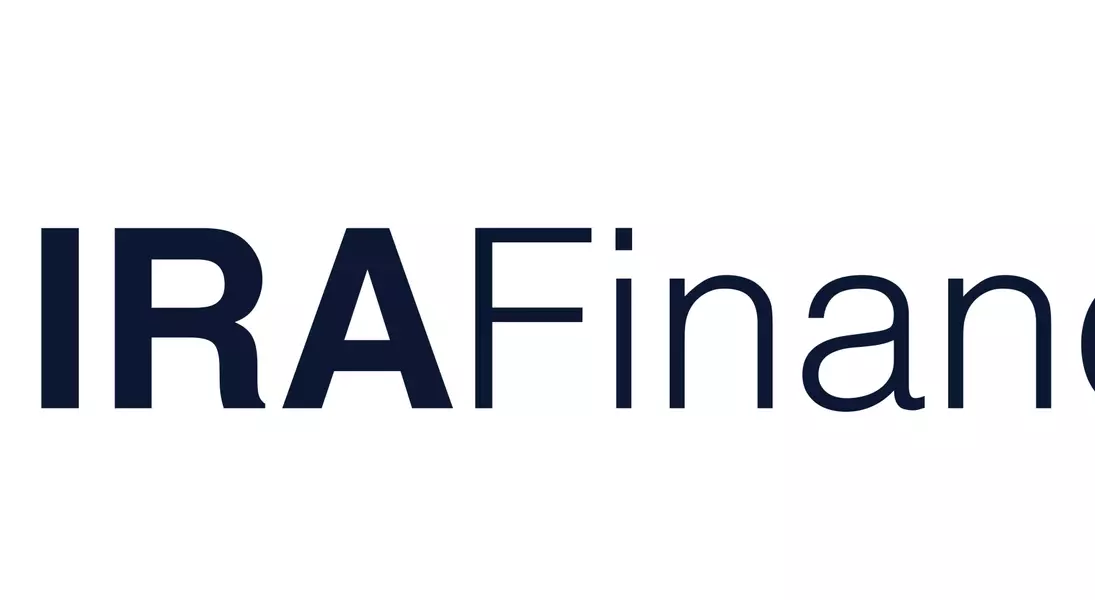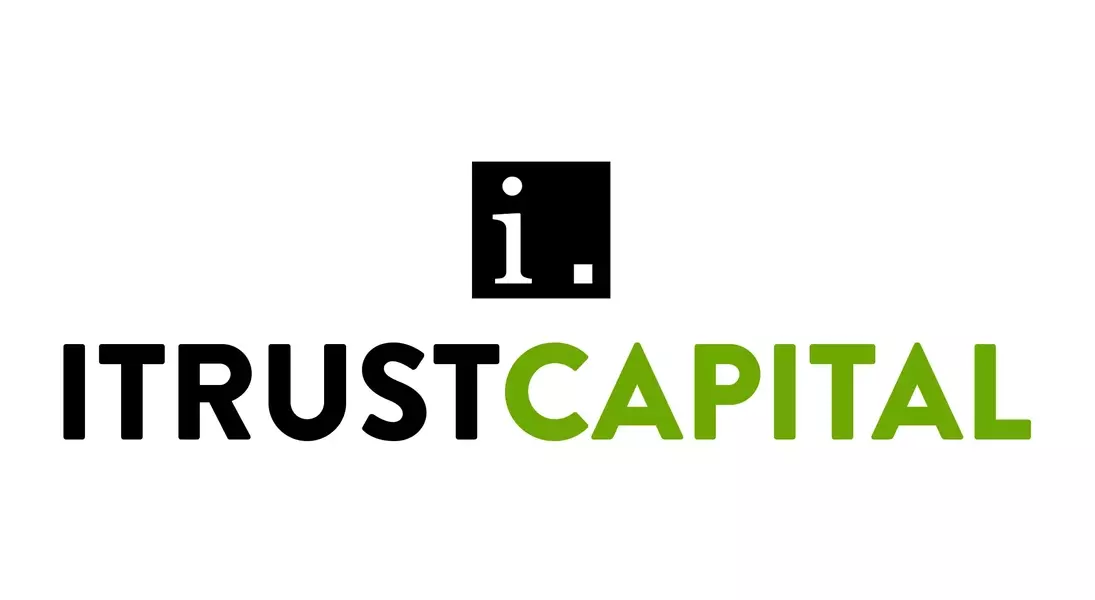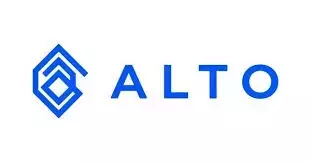






For many years, individual retirement accounts primarily focused on conventional assets like corporate equities, fixed-income securities, and pooled investment vehicles. However, a groundbreaking financial instrument has emerged, offering investors unparalleled flexibility and access to a broad spectrum of alternative assets: the Self-Directed IRA. This innovative account allows individuals to diversify their retirement portfolios beyond traditional offerings, venturing into less conventional yet potentially lucrative investment territories.
Expanding Your Retirement Horizon: The World of Self-Directed IRAs
In the dynamic financial landscape of today, investors are constantly seeking new avenues to optimize their retirement savings. Traditional Individual Retirement Accounts (IRAs) typically confine portfolios to familiar assets such as stocks, bonds, and mutual funds. While these options serve many, they often fall short for those desiring exposure to alternative investments like precious metals, digital currencies, or real estate. This is where Self-Directed IRAs (SDIRAs) revolutionize retirement planning, offering a gateway to a significantly broader array of investment opportunities.
SDIRAs operate under the same advantageous tax regulations as their traditional counterparts but unlock the potential for truly diversified portfolios. Whether your interest lies in the enduring value of gold, the burgeoning market of cryptocurrencies, or the tangible security of real estate, an SDIRA makes these assets accessible within a tax-advantaged framework. The process of establishing an SDIRA is designed to be user-friendly, guiding investors through selecting desired assets, comparing various providers, opening an account, and finally, funding their new investment vehicle.
A key distinction of SDIRAs lies in their expanded asset class. While both traditional and self-directed IRAs offer tax-deferred growth, SDIRAs empower investors to venture into non-traditional assets. For instance, a notable advantage of SDIRAs is the ability to hold physical gold, which can act as a hedge against inflation and a safe haven during economic uncertainty. Companies like American Hartford Gold specialize in facilitating Gold IRAs, allowing investors to acquire IRS-approved bullion coins and bars, securely stored in insured depositories. Similarly, the rapid evolution of digital assets has led to the inclusion of cryptocurrencies in SDIRA portfolios, with providers such as iTrustCapital offering access to a wide range of digital coins.
Contribution limits for SDIRAs align with those of regular IRAs, currently set at $7,000 annually. However, individuals aged 50 and above benefit from an additional $1,000 catch-up contribution, enabling them to invest up to $8,000. For those eligible for a solo 401(k) within an SDIRA framework, the limits significantly increase. For 2025, the contribution cap is $23,500, with further catch-up contributions for older investors: an extra $7,500 for those aged 50-59 and 64+, and a substantial $11,250 for individuals between 60 and 63. These generous limits, combined with the flexibility of rollovers from existing retirement accounts, mean that initial SDIRA balances can far exceed annual contribution caps.
While SDIRAs offer vast potential, they are best suited for investors who are keen to explore beyond conventional investment vehicles and are comfortable with the associated complexities. Those accustomed to the simplicity of stocks and bonds, or unwilling to navigate potentially higher fees and stricter IRS compliance, might find traditional IRAs more appealing. However, for the discerning investor eager to manage a diverse portfolio that includes tangible assets and emerging digital currencies, the SDIRA stands as an indispensable tool for robust retirement planning.
Empowering Investment Decisions: A New Era for Retirement Savings
From a journalist's perspective, the rise of Self-Directed IRAs signals a pivotal shift in the retirement savings landscape. It underscores a growing demand among investors for greater autonomy and diversified exposure beyond the typical stock market fluctuations. This financial innovation reflects a broader trend where individuals are increasingly taking control of their financial destinies, seeking sophisticated strategies to safeguard and grow their wealth. The availability of SDIRAs means that retirement planning is no longer confined to a narrow set of options; instead, it has evolved into a dynamic process where individuals can align their investment choices with their unique financial philosophies and risk appetites. This evolution provides a powerful lesson: flexibility and adaptability are becoming paramount in the realm of personal finance, empowering investors to navigate an ever-changing economic world with greater confidence and strategic foresight.
